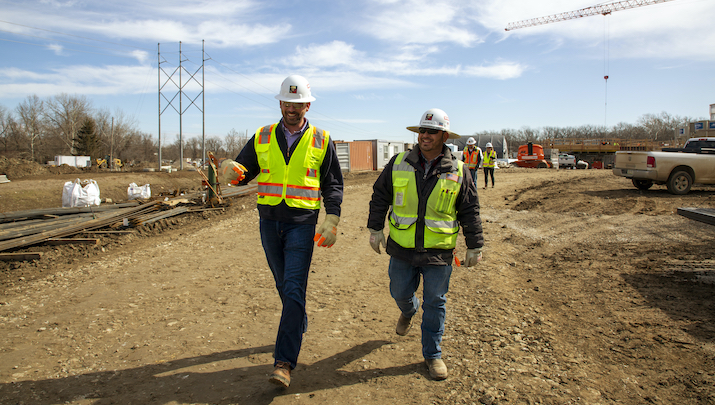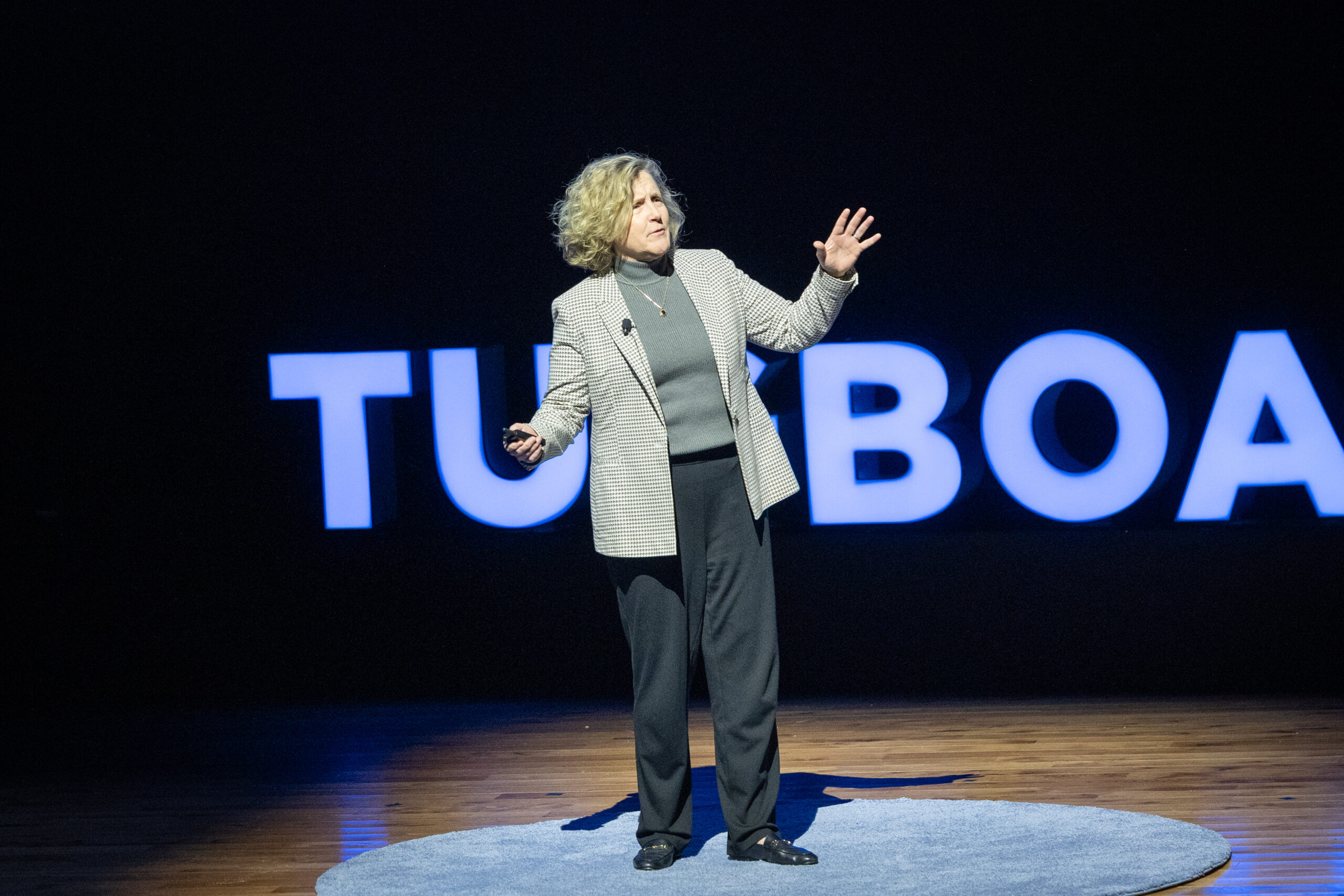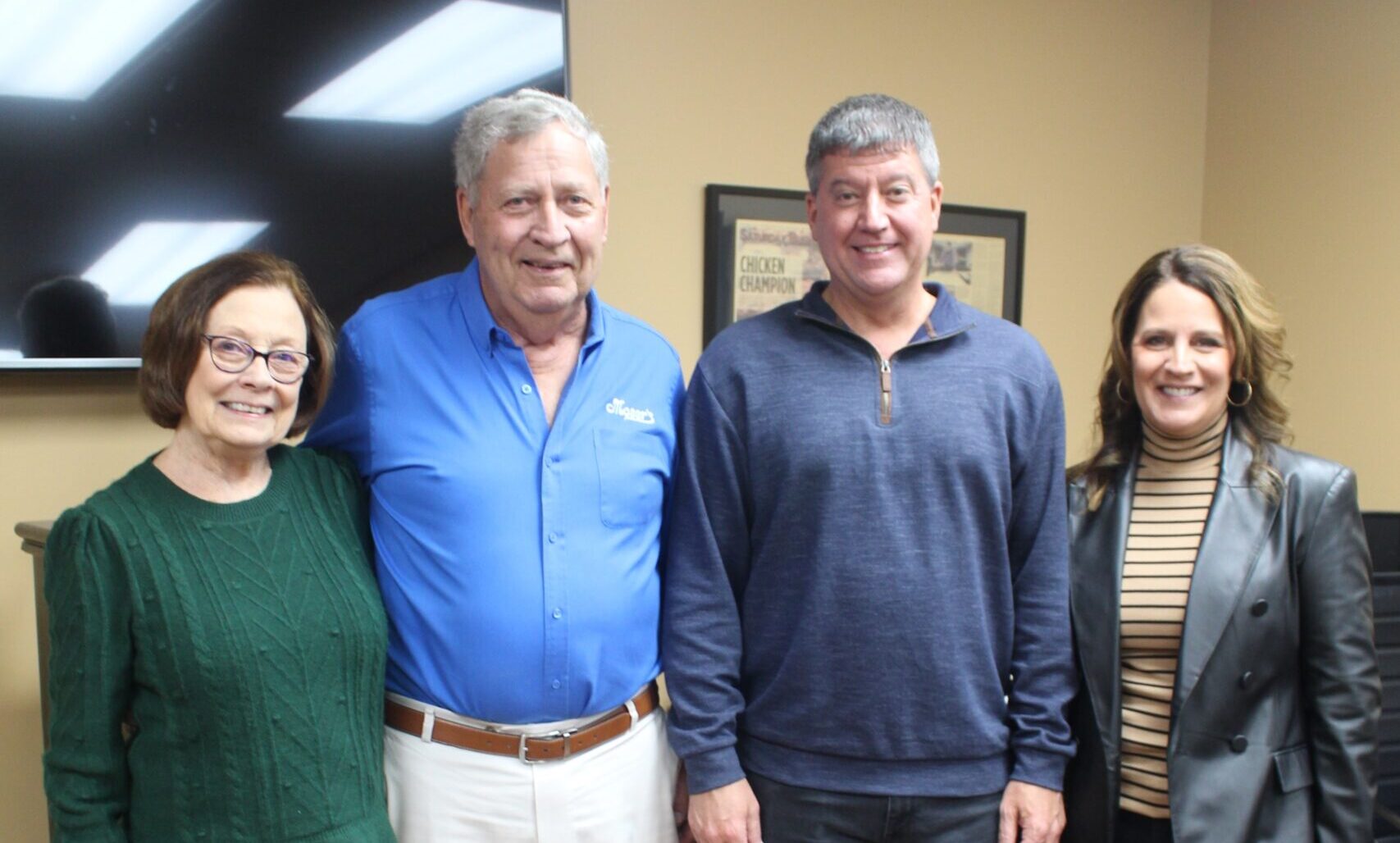

A Healthy CEO Succession Is Intentional and Takes Time
- Ray Sedey
- McCarthy Holdings, Inc.
When I was appointed CEO of McCarthy Holdings, a nationwide Evergreen® commercial construction company, in August 2019, it was the culmination of an extensive process of deep conversations with current leadership, psychological assessments, leadership development, and personal reflection. The process took 42 months.
While the timeline was longer than anyone involved expected, the diligence and thoroughness with which it was carried out resulted in a smooth transition in leadership for our 100 percent employee-owned company, the development of strong connections across our leadership team, and a powerful, replicable roadmap for future succession.
The design and execution of this successful succession story is one of thoughtful, intentional leadership supported by a well-developed culture of employee ownership.
Planting Seeds
I started with McCarthy right out of college, in 2000, as a Project Engineer. I worked my way up through the company, and in 2014 I was serving as an Executive Vice President, leading our Las Vegas office. It was at that point that then-CEO Mike Bolen first planted the seed of the idea that I look toward an expanded leadership role.
Mike, the company’s first non-family-member CEO, had served in the role since 2000, and throughout his tenure had paid close attention to talent and leadership development. As he considered the timeline for his retirement, he started to identify candidates to potentially succeed him. In early 2014, Mike and I had breakfast in Las Vegas, and toward the end of the conversation, he said, “Well I have to imagine that at some point, you would rather sit on this side of the table than that side of the table.”
I’ll never forget the conversation because up until that point, I never even considered the possibility of becoming CEO. My goal to that point had been to become a Regional President. But Mike’s intentional work planting that seed led me to begin to think further down the road. He provided a second nudge in 2015, when, after I was appointed Regional President based in Dallas—a region that had not been performing well—he told me, “You know, this is a big test. If you can figure out how to turn this region around, it would help in our succession planning.”
While not part of the official planning process, those early meetings with Mike, which reflected his long-term thinking and strategic consideration of the company’s leadership, were important steps in laying the groundwork for a smooth and productive process.
Ready, Set, Go
In 2016, Mike announced to 125 of the company’s top leaders gathered for a summit that he would step down as CEO in January 2020, noting, “If you’d like to be considered for the CEO role, come and see me.”
From those who expressed interest at the summit, seven candidates were then selected by a nominating committee of three, which included Mike and two outside board members (one of whom was a former employee). Our head of HR served as project manager for the process, and an outside business psychology firm was selected to conduct assessments of the candidates.
After receiving the nomination, each candidate underwent an 8-10-hour psychologic assessment, including hours of online tests and surveys, as well as a one-on-one interview with an industrial psychologist. The resulting reports provided insight into candidates’ strengths and areas of opportunity, along with an overall assessment.
The next step was for each candidate to complete one-on-one interviews with Mike, our board chairman, and the nominating committee. These interviews presented the first opportunity for candidates to share takeaways from the assessment process, perspectives on the CEO role and what that might look like for each of us, and long-term views on the company, offering a plan for what the company could look like through our personal lens in 2030.
From that series of interviews, a shortlist of three candidates, of which I was one, was created. (Of note is the fact that of those seven candidates, six remain with the company today, continuing to contribute as valued members of the leadership team.)
Over the next 18 months, as finalists, we continued to receive extensive internal and external feedback, completed executive education programs, and went through additional board interviews. We also continued to lead our respective $1 billion portions of the business, learning and growing in the field. And, importantly, we each spent time planning for the eventuality of choosing successors for our own current roles, recognizing the need to develop downstream leadership and pave the way for a smooth transition within our regions.
Over that time, as we progressed toward the final decision, an unintended consequence of the process was that, as finalists, we became incredibly close. We shared feedback we received, helped one another prepare for interviews, and debriefed together. As we grew closer and closed in on decision day, we committed to one another that we would not hesitate to support whichever one of us was appointed by the board. At the end of the day, all three of us wanted the best thing for our organization, and we had tremendous respect for one another’s leadership abilities and personal character.
Having observed various succession scenarios in multi-generation family companies and in publicly traded companies, I know that the mutual support and transparency of our experience is unique. I believe the root of that feeling can be found in our employee ownership culture. As employee-owners, we feel responsible for our partners and their families. Each of us wakes up every morning thinking of not only our own families, but of all the families impacted by our leadership. We know it’s essential that we lead as the best version of ourselves, that we do what’s right, and that we provide great opportunity for our team members and for their families. Now, as CEO-candidates, we felt that responsibility even more strongly, and we knew that we would continue to share that commitment and support the result, whatever the outcome.
With that shared view top of mind, we planned for the final round of interviews in May 2019. Shortly before this final round, one of the other two candidates stepped out of the running to focus on his current role within the company and avoid another move for his family, which had only recently relocated. So, after those final interviews, I found myself one of two finalists for the role of CEO, alongside one of my best friends.
Having completed that final evaluation, the next step was to travel to Denver for the special board meeting to learn the outcome of this now multi-year process. In August 2019, I was appointed CEO of McCarthy. The board had voted unanimously. Having spent the day together awaiting the decision, my friend and fellow candidate and I hugged and wished each other well—just as we had promised we would. The process was complete.
Stepping In and Stepping Up
Of course, while that August day in Denver marked the finish line, it was also the starting gate. For several months afterward, Mike and I traveled around the country, visiting McCarthy offices and job sites. I had time to connect with employee-owners, learn about regions with which I was less familiar, and continue to learn from Mike as we worked together toward his official retirement as CEO at the end of the year.
In fact, that travel and transition period continued after I assumed full responsibility in January 2020, right up through the beginning of March, when the COVID pandemic presented an entirely new challenge. I recognized in those early days that, as the new leader of the organization, I had an immediate responsibility to step up and bring people together and to ensure we remained connected virtually to continue to move the company forward.
To that end, we created a leadership team of our five presidents and the five corporate leads, which met seven days a week for months; today, we still meet weekly. Our collaboration, spurred by the pandemic, is changing the organization for the better as we align around our shared purpose—to continue in our ongoing quest to be the best builder in America.
It’s humbling to have been selected as the leader of this amazing organization. I have no doubt that the experience I went through to be selected as CEO contributed greatly to my knowledge of the business and of myself—I’m a better leader as a result. And, I’m grateful to be in the unique situation of continuing to work closely alongside my fellow candidates for the good of our company in what is an Evergreen® succession success story.
Ray Sedey is CEO of McCarthy Holdings, Inc.
More Articles and Videos

Both/And Thinking: Harnessing the Positive Potential of Tensions
- Marianne Lewis
- Carl L. Linder College of Business, University of Cincinnati

Leading Through Uncertainty – Tugboat Institute® Summit 2025
- Jackie Hawkins
- Tugboat Institute

Get Evergreen insight and wisdom delivered to your inbox every week
By signing up, you understand and agree that we will store, process and manage your personal information according to our Privacy Policy




